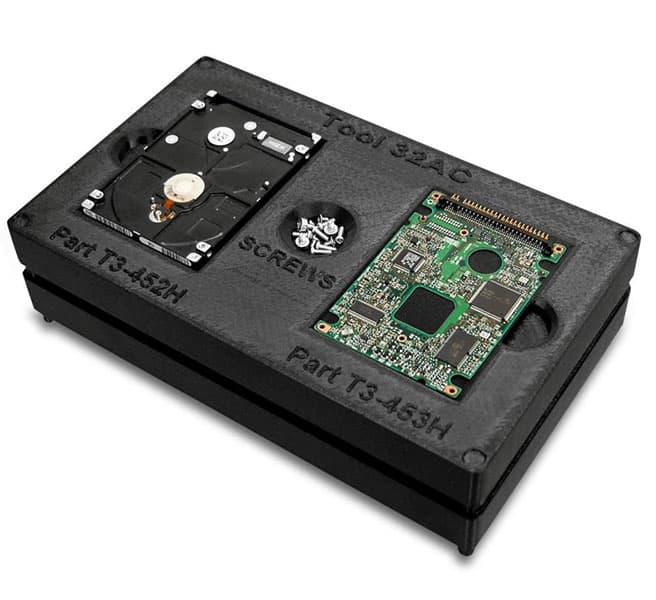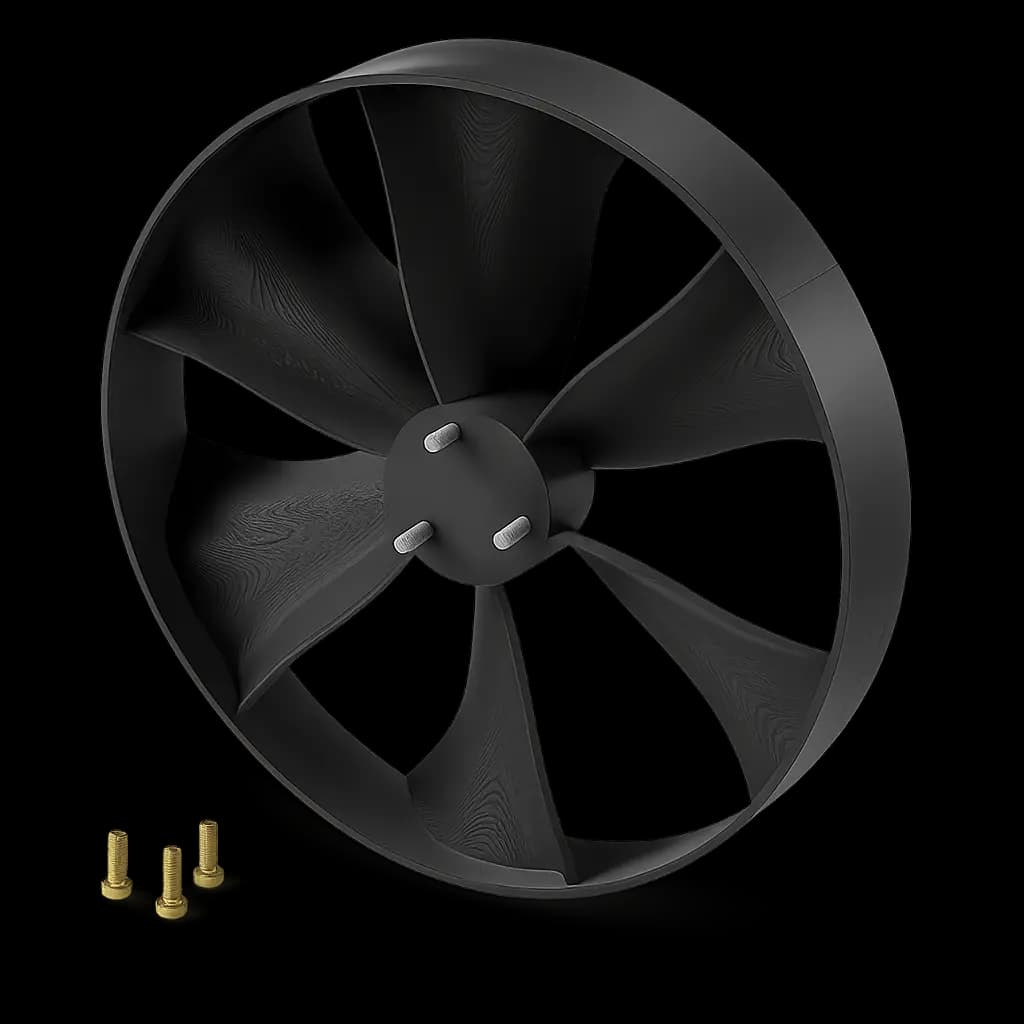ABS-ESD7 prevents electrostatic discharge damage during electronics assembly and testing. The material's consistent conductivity ensures reliable protection for sensitive semiconductors and circuit boards.
Key Applications
- PCB carriers and trays
- Component storage containers
- Assembly fixtures and nests
- Test socket housings
Performance Data
Surface resistance 10⁶-10⁹ ohms per ASTM D257, meeting ANSI/ESD S20.20 requirements for electronics manufacturing environments.






